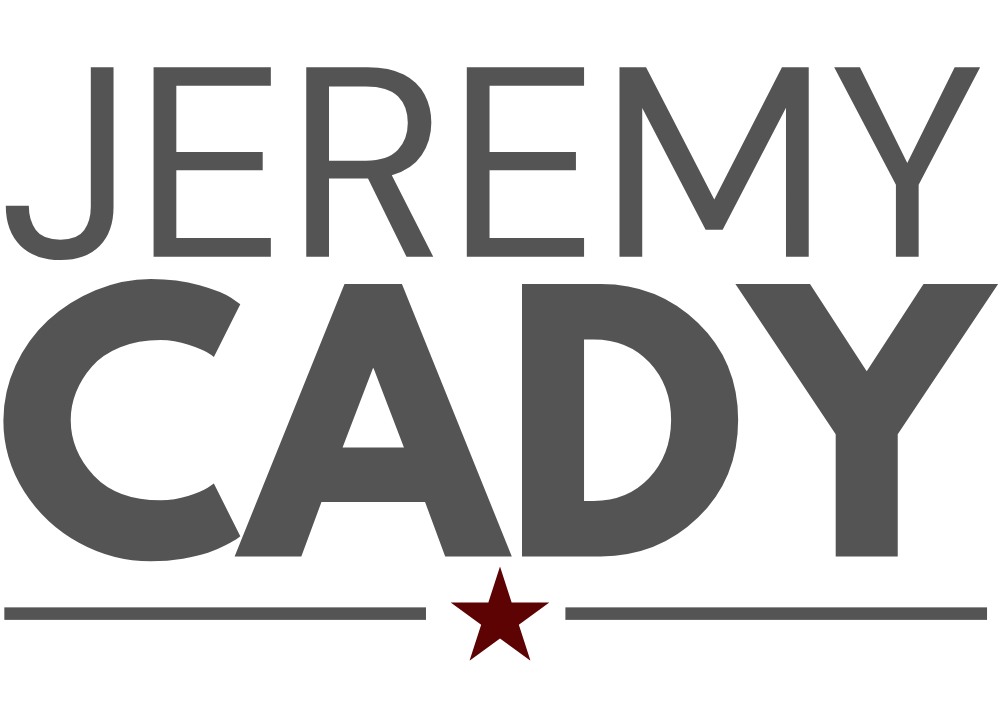Let the Teams Walk — Kansas City Will Be Fine
Not a single city that has lost a major professional team has gone into an economic death spiral.

A legislator reached out with thoughtful feedback on my recent post, Missouri Doesn’t Need Stadium Subsidies. It Needs a Free Market.
They asked a fair question:
“Shouldn’t we be tracking economic data to prove whether cities actually prosper after losing professional sports teams? And what happened to the cities that already lost theirs?”
It’s a smart question but it assumes we haven't already seen what happens.
We have.
The historical record is clear. Not a single city that has lost a major professional team has gone into an economic death spiral.
On the contrary, many have prospered. And just as importantly, the economic data shows that keeping teams via public subsidies doesn't produce meaningful returns for taxpayers.
Let’s walk through the numbers.
In 2023, the Kansas City Royals generated $302 million in revenue. The Chiefs brought in $591 million. Together, these two franchises represented just 0.48% of the Kansas City metro's $185.7 billion GDP.
These aren’t economic pillars.
They’re entertainment brands.
Fun? Absolutely.
Iconic? Sure.
But economically essential? Not even close.
And Kansas City isn’t an outlier.
In 2016, the Chargers represented just 0.16% of San Diego’s GDP.
In 2015, the Rams were only 0.18% of St. Louis’ GDP.
In 2019, the Raiders made up 0.06% of Oakland’s economy.
These teams are small businesses in the context of their metro regions. Important to civic identity, perhaps. But economically, they’re not even top-tier employers.
In 2024, the Kansas City Royals had 926 employees. The Chiefs had 786. That’s a total of 1,712 workers out of 644,700 employed across the metro area. That’s just 0.26% of the city’s total workforce.
To put that in context, here are Kansas City’s top employers:
- Public School Systems: 47,161 employees
- Federal Government: 38,651 employees
- State/County/City Government: 29,317 employees
- University of Kansas Hospital: 14,763 employees
- HCA Midwest Health System: 10,051 employees
- Saint Luke's Health System: 9,976 employees
- Ford Assembly Plant: 9,021 employees
- Children's Mercy Hospital: 7,688 employees
- Honeywell FM&T: 6,637 employees
- Oracle Cerner: 6,400 employees
The Royals and Chiefs don’t even crack the top ten. They employ fewer people than a single hospital campus.
These teams aren’t building a labor force. They are niche employers within a diverse, competitive economy.
Let’s look at what actually happened to cities after their teams left.
Houston (Oilers left in 1997)
- Unemployment: Dropped from 6.1% in 1996 to 4.7% in 1999
- General fund revenue: Rose from $443M in 1996 to $504M by 1999
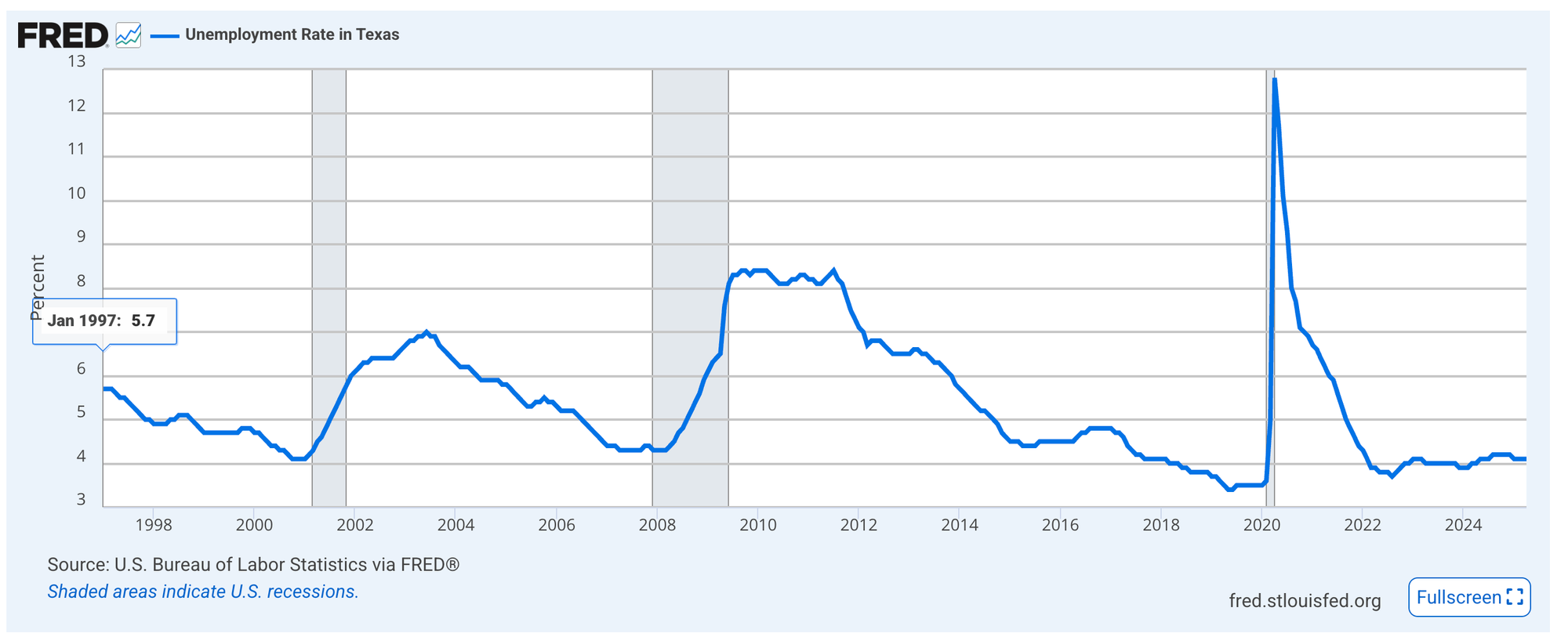
St. Louis (Rams left in 2016)
- Unemployment: Fell from 5.5% in 2015 to 3.6% by 2018
- General fund revenue: Stayed stable around $513M annually
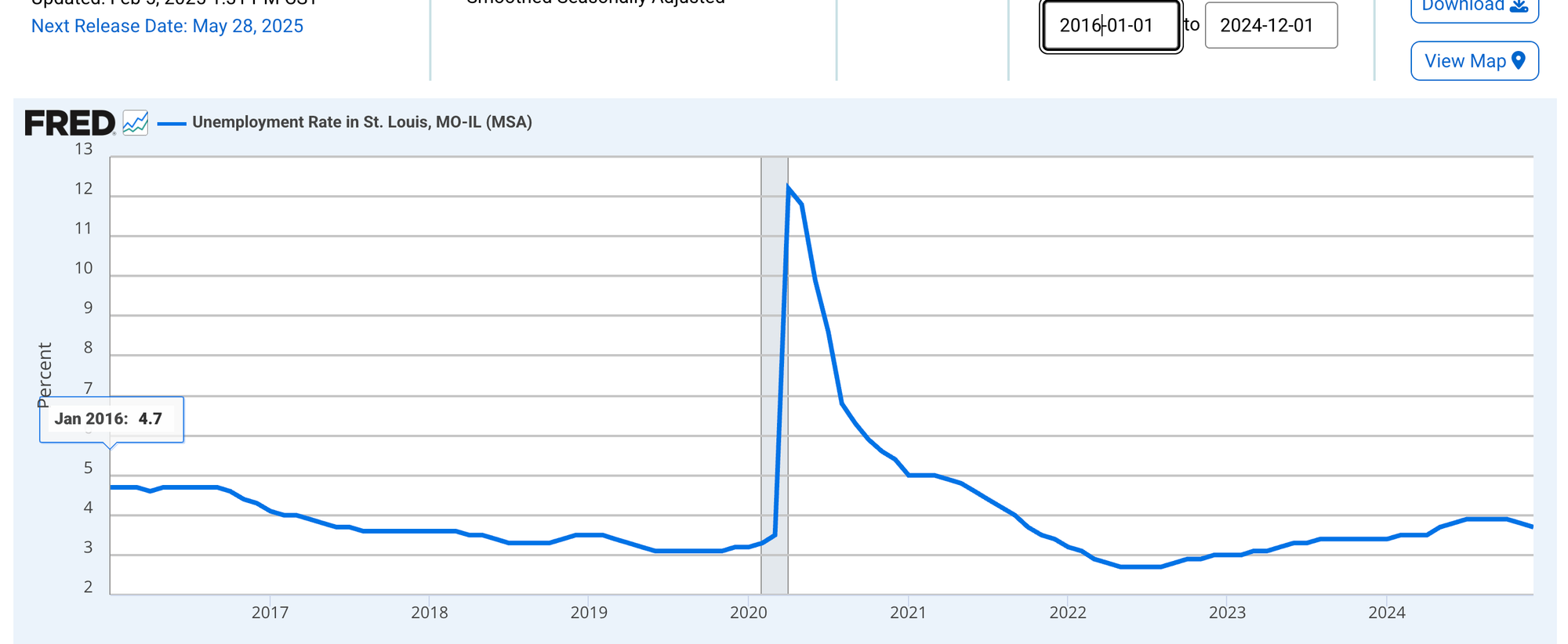

San Diego (Chargers left in 2017)
- Unemployment: Declined from 4.8% in 2016 to 3.8% in 2019
- General fund revenue: Grew from $1.28B in 2016 to $1.44B by 2019


Oakland (Raiders left in 2020)
- Unemployment: Held steady post-pandemic after a COVID-related spike
- General purpose fund revenue: Rose from $687M in 2020 to $724M by 2022
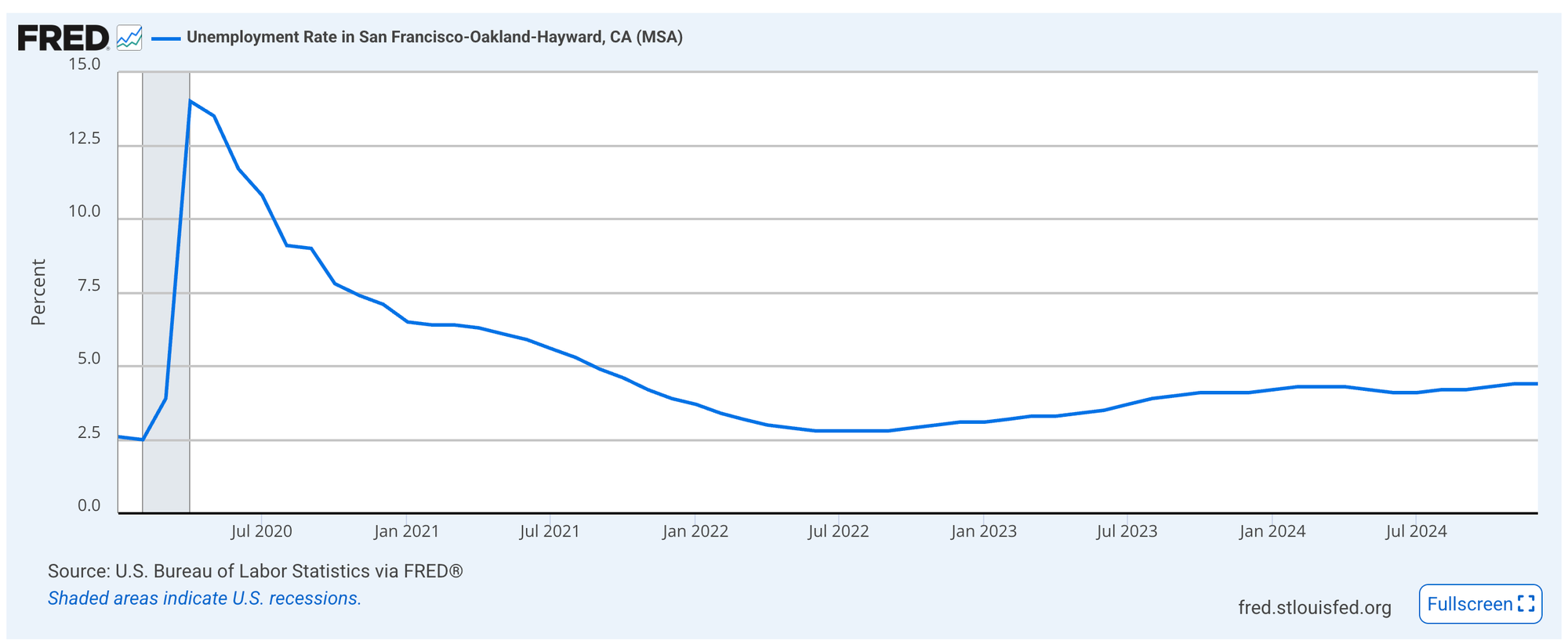
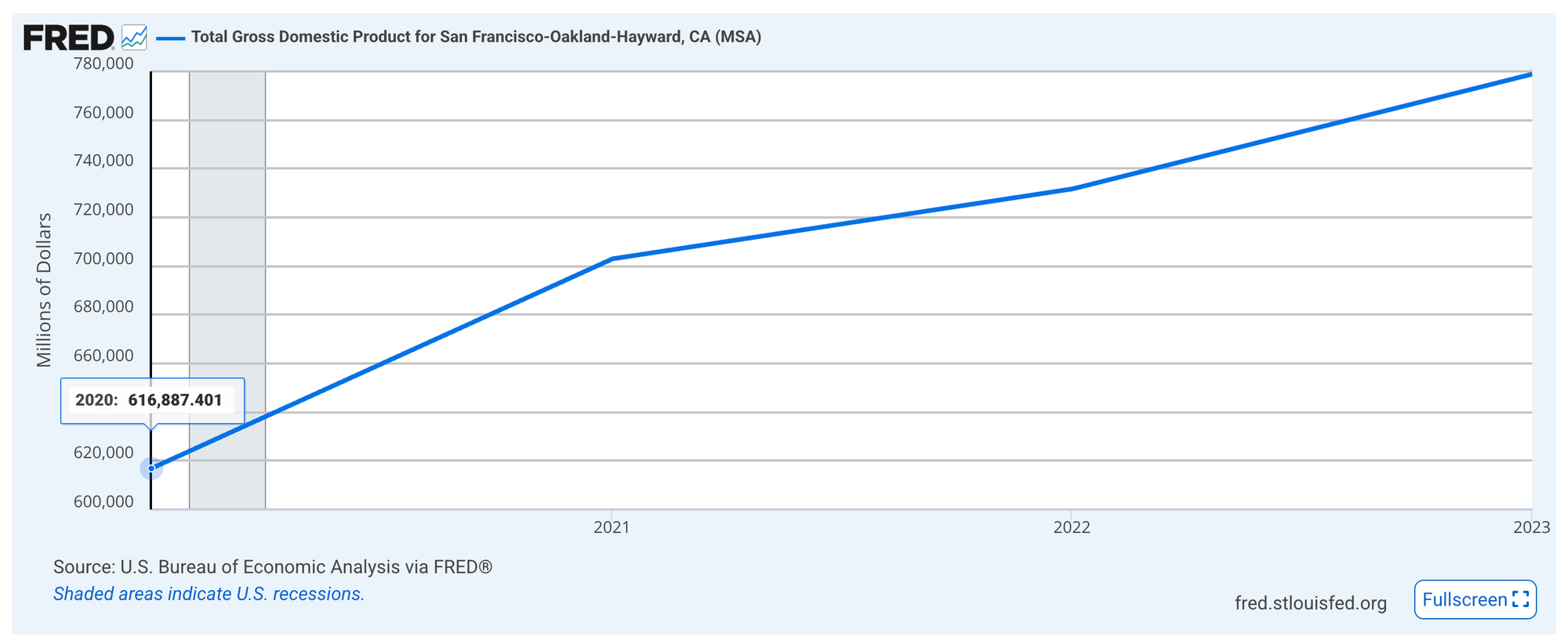
The story is the same everywhere. Losing a team doesn’t trigger economic collapse.
In fact, in most cases, these cities saw growth in GDP, employment, and tax revenues.
I want to be clear. I’m not suggesting that losing a team causes economic growth.
But the data does show that a city's prosperity is not dependent on keeping a professional sports franchise. If a team were truly the anchor of a local economy, we would expect to see hardship after its departure.
That simply hasn’t happened.
When a team leaves, consumers don’t stop spending. They spend differently.
The $100 you might have used on game tickets might now go to a local brewery. Or a night out at a restaurant. Or a concert.
That money is still circulating in the economy and often taxed at higher rates and spent at smaller, local businesses that keep more of the profits in the community.
Economists call this the "substitution effect."
Money isn’t destroyed when a stadium sits empty. It’s reallocated. In many cases, it’s reallocated more effectively.
If the argument is that keeping teams through taxpayer subsidies leads to prosperity, we should see clear, measurable economic benefits in the cities that secured new stadiums or lured teams away.
We don’t.
St. Louis spent over $720 million to build and maintain the Edward Jones Dome for the Rams. The team still left.
Cities with teams continue to face the same challenges as those without teams: housing costs, job creation, economic diversification, and infrastructure needs.
Stadiums don’t fix those problems.
When the Chargers announced their departure from San Diego, the response was panic.
News outlets reported on studies warning of a $67 million annual loss and over 1,600 jobs disappearing. The city mourned the loss not just of a team, but of imagined prosperity.
Oakland, on the other hand, watched the Raiders leave without hysteria.
Local leaders recognized that while the team might bring headlines, it didn’t anchor the economy. A KTVU segment even asked whether the team ever made a meaningful economic contribution to begin with.
Both teams left. Both cities moved on. Neither collapsed.
Right now, Missouri politicians are acting like San Diego. They are convinced that losing the Royals or Chiefs would bring ruin.
But they’d be wiser to take Oakland’s approach: measured, rational, and focused on the fundamentals.
Professional sports teams are fun. They bring pride and energy to a city.
But let’s be clear-eyed about what they are. They are private businesses, run by billionaires, and looking for public handouts.
Kansas City won’t collapse if the Royals and Chiefs leave.
The economic data says so. It, and Missouri, can still prosper if we maintain an overall environment that is friendly to businesses.
Instead of subsidizing stadiums, let’s invest in policies that benefit everyone. Let's provide Missourians with broad tax relief, reduce regulatory burdens, and create a freer, more dynamic economy.
The numbers are in. Cities don’t need stadiums to succeed.
They need freedom, opportunity, and fiscal sanity.
Sources:
- Federal Reserve Bank of Saint Louis - https://fred.stlouisfed.org/categories/30767
- Open Budget Oakland - https://openbudgetoakland.org/
- City of Saint Louis - https://www.stlouis-mo.gov/government/departments/budget/documents/index.cfm
- City of Houston - https://www.houstontx.gov/budget/index.html
- City of San Diego - https://www.sandiego.gov/finance/annual
- Kansas City, Missouri - Wikipedia - https://en.wikipedia.org/wiki/Kansas_City%2C_Missouri#Top_employers
- Kansas City Chiefs Employee Directory, Headcount & Staff - https://leadiq.com/c/kansas-city-chiefs/5a1d87b2240000240061a4e4/employee-directory
- Kansas City Chiefs on the Forbes NFL Team Valuations List - https://www.forbes.com/teams/kansas-city-chiefs/
- Kansas City Royals Employee Directory, Headcount & Staff - https://leadiq.com/c/kansas-city-royals/5a1d96722300005e00851143/employee-directory
- Kansas City Royals on the Forbes MLB Team Valuations List (archive.org) - https://web.archive.org/web/20240521025406/https://www.forbes.com/teams/kansas-city-royals/
- Royals estimated franchise value at $1.2 billion, according to Forbes - https://www.royalsreview.com/2023/3/23/23653541/royals-estimated-franchise-value-at-1-2-billion-according-to-forbes
